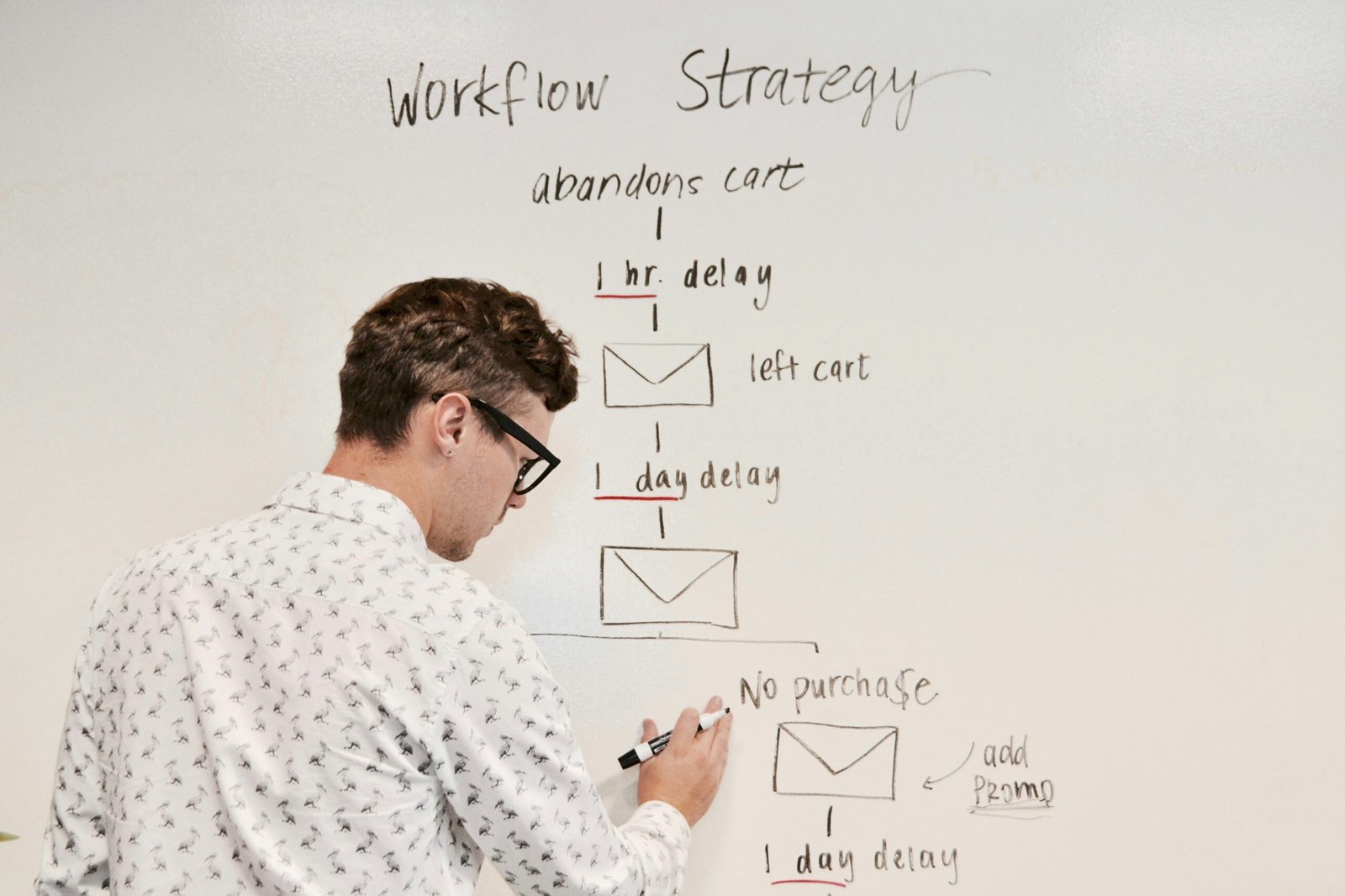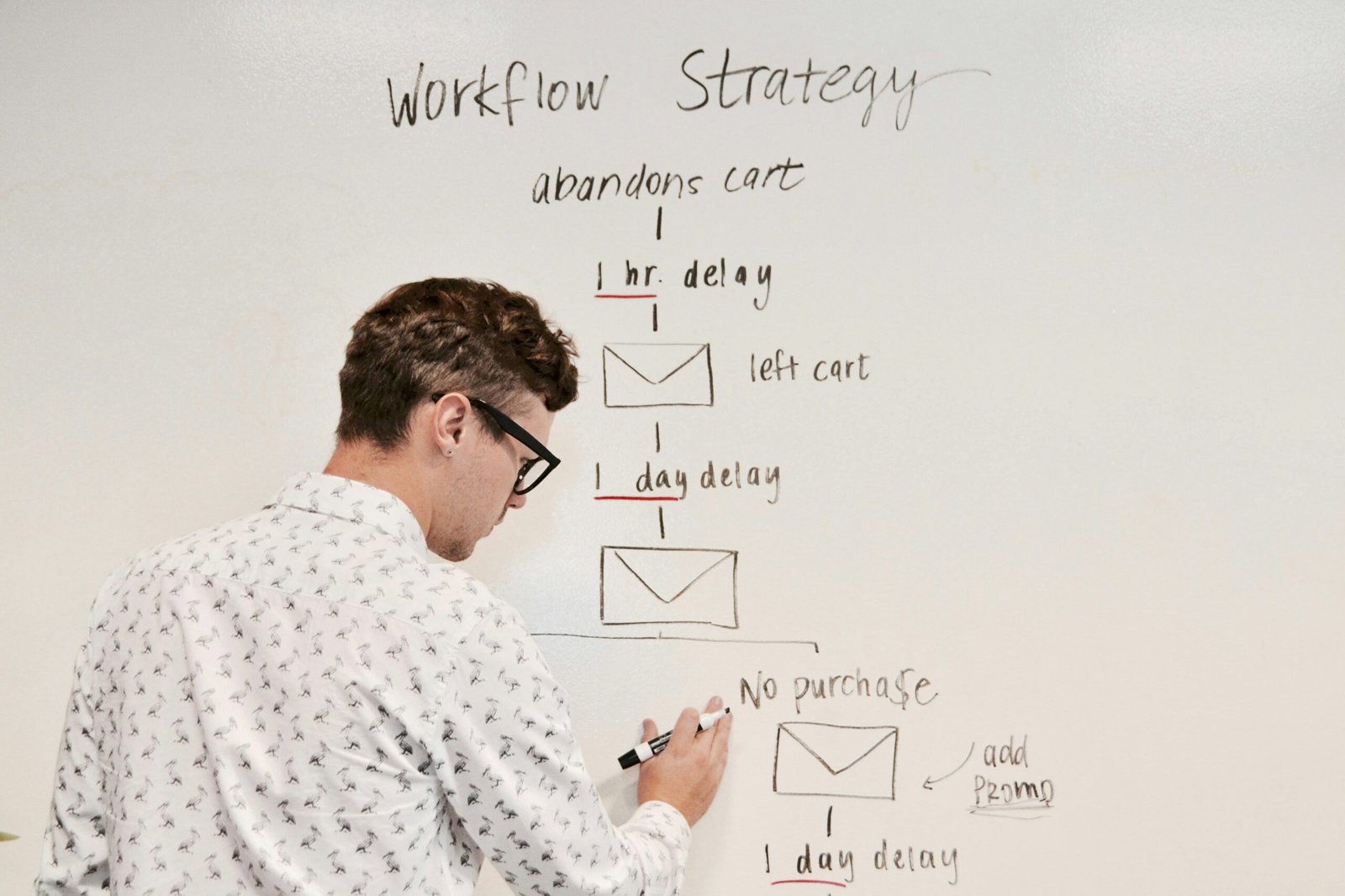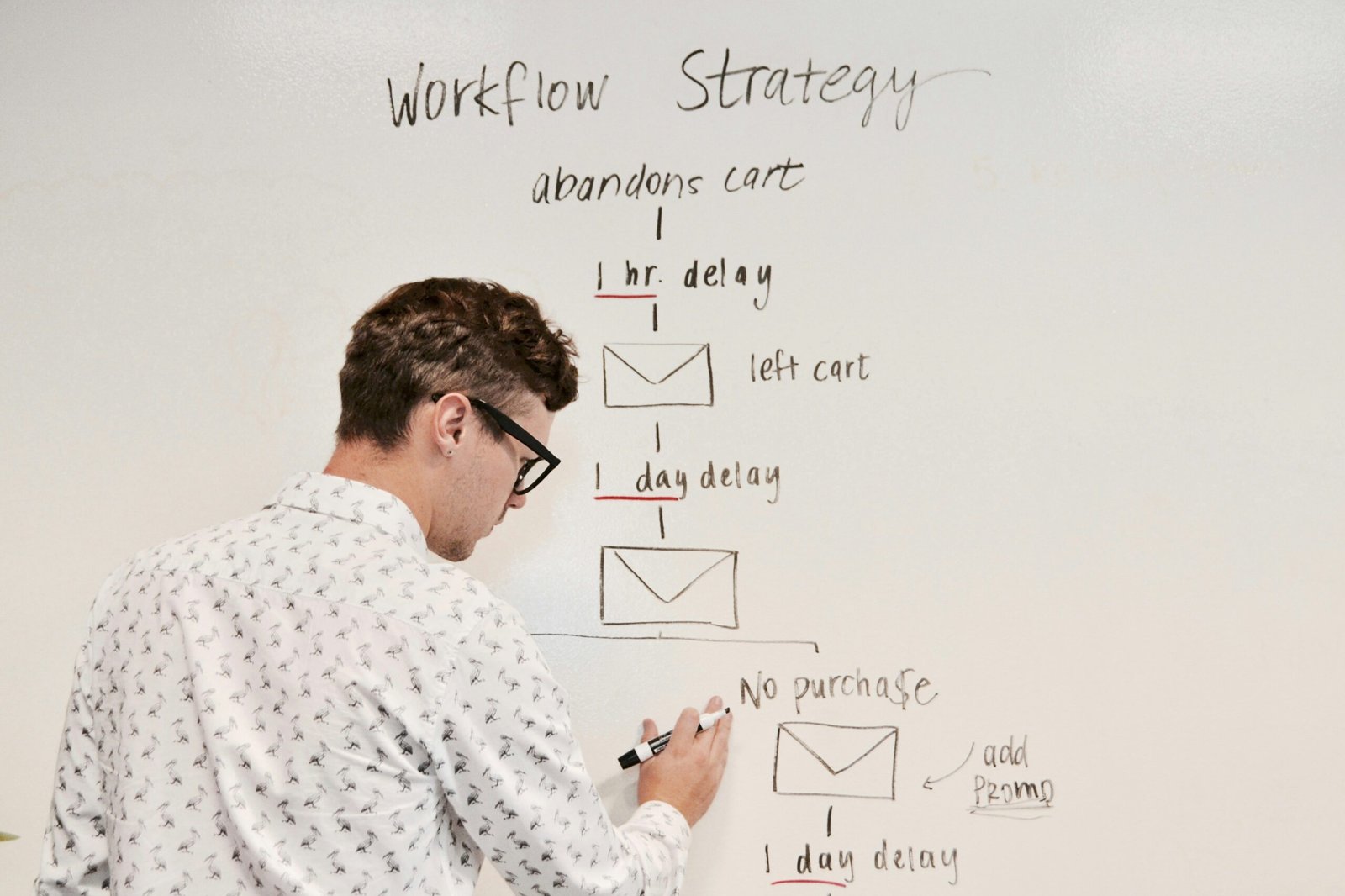How to Write an Awesome Autoresponder Sequence for B2B E-commerce Business
In the fast-paced world of B2B e-commerce, effective communication with potential customers is crucial for success. One powerful tool that can help you engage and nurture leads is an autoresponder sequence. An autoresponder sequence is a series of pre-written emails that are automatically sent to subscribers at predetermined intervals. Crafting an awesome autoresponder sequence can significantly boost your B2B e-commerce business by building trust, establishing credibility, and driving conversions. In this blog post, we will explore the key steps to create an effective autoresponder sequence, along with industry examples, insights, takeaways, and actionable tips.
Step 1: Define Your Objectives
Before diving into writing your autoresponder sequence, it’s important to clearly define your objectives. What do you want to achieve with your emails? Do you want to educate your subscribers about your products or services? Do you want to offer exclusive deals or discounts? Or do you want to establish thought leadership in your industry? Understanding your objectives will help you craft relevant and targeted emails that resonate with your audience.
Step 2: Segment Your Audience
Segmenting your audience is a crucial step in creating a personalized autoresponder sequence. By dividing your subscribers into specific groups based on their demographics, interests, or behavior, you can tailor your emails to their specific needs and preferences. For example, if you sell software solutions for different industries, you can create separate email sequences for each industry, highlighting the specific benefits and use cases relevant to them.
Step 3: Craft Compelling Subject Lines
The subject line is the first thing your subscribers see in their inbox, so it’s essential to make it compelling and attention-grabbing. A great subject line should be concise, intriguing, and relevant to the content of the email. It should create a sense of urgency or curiosity that entices the recipient to open the email. Experiment with different subject lines and analyze the open rates to find the ones that resonate the most with your audience.
Step 4: Provide Valuable Content
Once your subscriber opens the email, it’s crucial to provide them with valuable content that aligns with their interests and needs. This can include educational articles, case studies, industry insights, or tips and tricks. By offering valuable content, you position yourself as an authority in your industry and build trust with your subscribers. Remember to keep your emails concise, easy to read, and visually appealing to maintain engagement.
Step 5: Include Call-to-Actions
Each email in your autoresponder sequence should have a clear call-to-action (CTA) that directs the subscriber to take the desired action. Whether it’s downloading a whitepaper, signing up for a webinar, or making a purchase, your CTA should be prominently displayed and compelling. Use persuasive language and create a sense of urgency to encourage your subscribers to take action.
Step 6: Test, Analyze, and Optimize
Creating an awesome autoresponder sequence is an iterative process. Continuously test different elements, such as subject lines, content, CTAs, and email frequency, to optimize your results. Analyze the open rates, click-through rates, and conversion rates to identify what works best for your audience. Use A/B testing to compare different versions of your emails and make data-driven decisions to improve your autoresponder sequence over time.
Industry Examples and Insights
Let’s take a look at a couple of industry examples to illustrate the power of an awesome autoresponder sequence in B2B e-commerce:
Example 1: A SaaS company specializing in project management software sends a series of emails to new subscribers. The sequence starts with an introductory email explaining the key features and benefits of their software. Subsequent emails provide case studies, video tutorials, and best practices to help users maximize the value of the software. The sequence ends with a limited-time offer for a discounted annual subscription, driving conversions.
Example 2: A B2B e-commerce platform for wholesale suppliers sends a personalized autoresponder sequence to new users based on their industry. Each email in the sequence highlights the specific benefits and success stories relevant to the user’s industry. The emails also include links to relevant product catalogs and a CTA to schedule a personalized demo. This targeted approach increases engagement and conversion rates.
Key Takeaways and Actionable Tips
Now that we’ve explored the key steps and industry examples, here are some key takeaways and actionable tips to help you write an awesome autoresponder sequence for your B2B e-commerce business:
- Clearly define your objectives before writing your autoresponder sequence.
- Segment your audience to create personalized and relevant emails.
- Craft compelling subject lines to increase open rates.
- Provide valuable content that aligns with your subscribers’ interests and needs.
- Include clear and compelling call-to-actions in each email.
- Continuously test, analyze, and optimize your autoresponder sequence based on data.
By following these steps and implementing these tips, you can create an awesome autoresponder sequence that engages, nurtures, and converts your B2B e-commerce leads. Remember to always put your audience first and provide them with valuable content that helps them solve their pain points. Happy writing!







